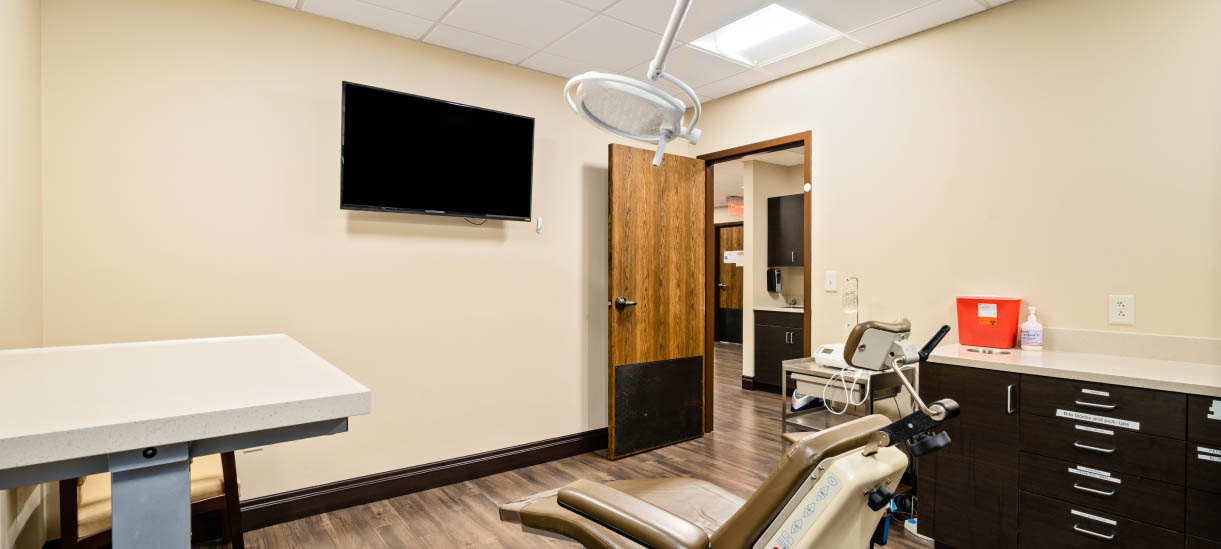The Future of Dental Implants Starts with Precision
One of the quiet revolutions in oral surgery has been the rise of CT-guided implant placement—a technique that reshapes not only how implants are placed, but how surgeons think about anatomy, safety, and long-term success.
For patients, the idea may sound like a high-tech add-on. But the implications are far more practical. CT-guided surgery isn’t about robotics or automation—it’s about getting it right the first time. And in implant dentistry, that accuracy can make all the difference.
Why It Matters Where (and How) an Implant Goes In
It’s easy to think of dental implants as straightforward replacements: a screw goes in, a tooth comes out. In reality, placing an implant is a delicate balance between bone, nerves, soft tissue, and functional pressure. A fraction of a millimeter off course can mean:
- Impingement on a nerve
- A crown that doesn’t seat properly
- Stress on bone leading to early failure
Traditional methods relied on the surgeon’s experience and 2D imaging, which often produced excellent results—but also left room for guesswork. CT-guided surgery helps remove that uncertainty.
From Digital Planning to Real-World Precision
The process begins with a cone beam CT scan, which provides a detailed 3D image of the jawbone. Unlike traditional X-rays, this reveals bone density, sinus locations, and nerve pathways in full detail.
Using specialized software, the surgical team maps out the implant site with precision. The plan is then transferred into a guide—a physical or digital template—that directs every drill and placement during surgery.
- Smaller incisions may be possible
- Reduced bleeding and trauma
- Faster, smoother recovery
What Patients Notice—and What They Don’t
Patients may never see the CT scans or software, but they feel the difference. The surgery is often shorter, recovery is smoother, and the final restoration usually fits more precisely. Guided placement is especially beneficial for patients with limited bone or complex anatomy.
Beyond comfort, precision reduces risks such as nerve damage, sinus involvement, or implant overload. The outcome is a restoration that looks and functions like a natural tooth.
Is Guided Surgery Always the Better Option?
While powerful, CT-guided surgery isn’t always necessary or possible. For example:
- Extremely complex anatomy may not allow guide placement
- Fully edentulous jaws may need alternate approaches
- Some straightforward cases are best handled freehand by an experienced surgeon
Ultimately, the technology enhances expertise—it doesn’t replace it. Like a pilot flying with instruments, the surgeon still makes the final decisions.
Looking Beyond the Surgery Itself
The benefits extend into restoration. Implants placed with ideal angulation allow crowns and prostheses to fit with fewer adjustments, ensuring more natural bite forces and less long-term wear. Patients enjoy restorations that are stable, natural, and low-maintenance.
A Measured Advancement, Not a Marketing Gimmick
CT-guided implant placement is backed by decades of research and refinement. It’s not a luxury add-on—it’s a clinical advancement that improves outcomes when used appropriately.
Not every case requires it, but for those that do, the confidence and precision it brings are invaluable to both surgeon and patient.
To learn whether CT-guided implant planning is appropriate for your treatment, call (251) 577-8302 to schedule a consultation with our team.


